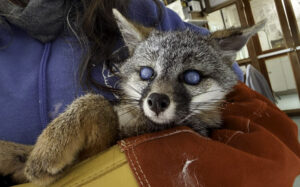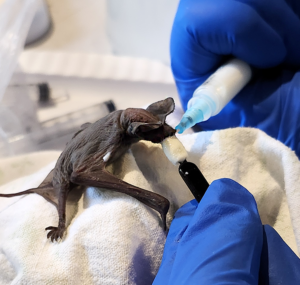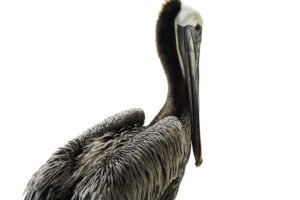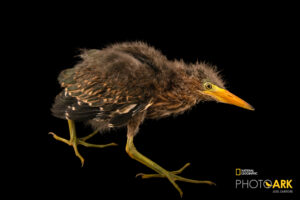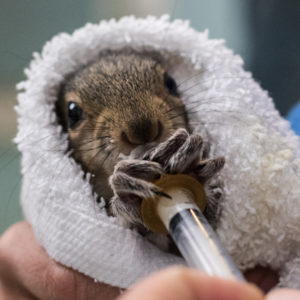Spring and summer are when most wildlife give birth and when Native Animal Rescue receives hundreds of babies. But do these babies really need to be rescued?
Because wildlife parents make much better parents to their offspring than humans, we want to make sure these babies really need to be rescued…that they are truly orphaned, sick, or injured. Often, people will see a baby animal without a parent and think it’s orphaned, but most likely the parent or parents are away foraging for food having left their babies in a safe place.
How can you tell when to rescue a baby? First, carefully observe it. If one of the following is true, the baby will need to be rescued: Is the animal clearly sick or injured? Are you certain the parent is dead? Is the baby in immediate danger (predator activity, out of the nest too soon, unsafe location)?
In general, if the baby looks fine, isn’t crying, and isn’t in immediate danger, it’s best to leave it be. The parent is probably nearby foraging, and a well-intentioned rescue may lead to creating an orphaned animal.
In some situations, babies may just need a helping hand to be reunited with their parent(s), such as when their nest has fallen out of a tree. When a baby has fallen out of a nest or has become separated from their parent(s), we try to reunite them. We are very proud that our animal techs have successfully instructed many people over the phone on how to reunite wildlife babies with their parent(s).
To reunite baby squirrels, the babies are put in an open box with something to keep them warm and placed near where they were found, often at the base of a tree. If the babies aren’t making noise, recordings of noises made by baby squirrels can be found on the internet and played to attract the mother. Often, the mother will retrieve the babies, carrying one at a time with her mouth back to the nest. This technique works for raccoon babies too, but it is done after sunset because raccoons are nocturnal.
Birds can’t carry their young, so when a baby bird falls out of its nest prematurely, people can help by putting it back in the nest. If the nest is damaged, it will need to be repaired or a new one fashioned and put up near the old one. Each year, NAR volunteers return many young Western Gulls back up to their rooftop nests.
It is wonderful when wildlife babies can be reunited with their parents, but when this fails, NAR is here to be their surrogate parents.
Case in Point
Recently, an Aptos resident called NAR to report a fawn lying next to her driveway that appeared to be weak and disabled. After reviewing cellphone photos, NAR’s fawn expert determined that the fawn needed to be examined. A NAR transport volunteer was dispatched to collect the fawn in Aptos and transport it to the fawn expert in Boulder Creek for evaluation. The fawn expert examined the fawn and gave her sub q fluids and some energy boosters. She had no injuries and was just weak and dehydrated. By morning the fawn was WILD and ready for a reunification attempt. The local resident started watching for the return of the mother. Our fawn expert met the transport volunteer in Ben Lomond and recorded the fawn crying when they handled her. After driving back to the Aptos residence, the transport volunteer from Native Animal Rescue played the recording through her car’s sound system to attract the fawn’s mother. Success! The mother responded to the recording, the transport volunteer placed the fawn away from the car, the mother sniffed the fawn, and away they went into the forest.
It takes a village, in this case, one concerned resident and several NAR volunteers, to produce this positive outcome in under 24 hours including two drives between Aptos and Boulder Creek. As they say, “time is of the essence” where the life of a fawn is at stake.
Related Links:
It’s Fawning Season, Think Before You Act April 2019
Get to Know Your Neighbors December 2016
Was This Fawn Kidnapped? June 2016

